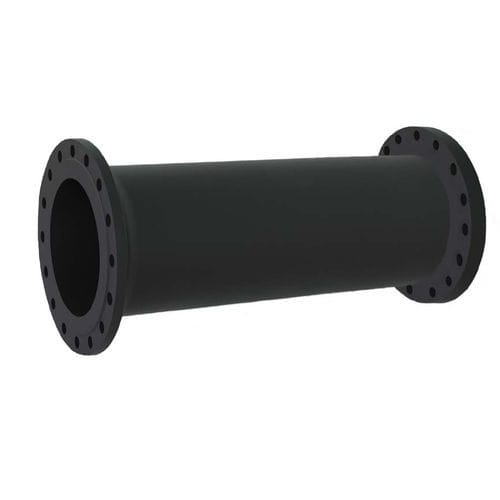

- Company
- Products
- Catalogs
- News & Trends
- Exhibitions
Rubber sewer pipe drainage
Add to favorites
Compare this product
Characteristics
- Material
- rubber
- Applications
- drainage
Description
We produce metal sections coated with rubber or polymer composite compound to the pipelines: pipes, adapters, T-branches, elbows, nozzles, etc. Depending on conditions in the manufacture of products, we use different types of rubber:
– wear-resistant;
– acid resistant;
– alkali resistant;
– oil and petrol resistant.
Depending on the installation site, the pipelines are designed for pressure up to 16 bar for discharge or possible vacuum 0.8 in the suction line. Industrial rubber pipelines are used at mining, ore processing, metallurgical, and energy enterprises for hydrotransporting abrasive materials having pH levels from 1 to 14 at a temperature of the transported liquid up to 120°С. Also, it is possible to use rubber pipelines in other industries as pipelines for transporting nonfood liquids.
All products of our company are made of high quality natural and synthetic rubber.
PRODUCT ADVANTAGES:
• high wear: resistance to mechanical, chemical and thermal effects in corrosive environments
• environmental resistance
• anti-adhesive properties of rubber allow avoiding the formation of mineral deposits on the inner walls of the pipe
• long service life in comparison with metal products. The average service life of rubber products is 4-6 times longer than steel analogs
• reliable tightness of connections without additional seals
• significant vibration and noise reduction
• compensation for thermal deformations in pipeline systems
• the increased flexibility of the entire pipeline systems allows to reduce installation space
• easy assembling and disassembling
Catalogs
No catalogs are available for this product.
See all of LOCS‘s catalogsRelated Searches
- Fitting
- Piping
- Hydraulic fitting
- Pneumatic fitting
- Metal fitting
- Polymer hose
- Quick coupling
- Angle fitting
- Elastomer hose
- Polymer fitting
- Water flexible piping
- T type fitting
- Compression fitting
- Standard fitting
- Pipe expansion joint
- Coupler
- Weld-on fitting
- Steel fitting
- Round pipe expansion joint
- Corrosion-resistant fitting
*Prices are pre-tax. They exclude delivery charges and customs duties and do not include additional charges for installation or activation options. Prices are indicative only and may vary by country, with changes to the cost of raw materials and exchange rates.




